A marathon is 26.2 miles in distance. However, the preparation for the event is much longer. The training can take place over the course of 12 weeks or even 18, and recreational runners will likely run 50 miles a week at the peak of the plan.
It’s not easy, though, to put so much time (and focus on) pounding the pavement. It can actually make race day feel like the easy part. You are tired, hungry, and sore. You might discover muscles that you have never felt before.
Running long distances puts added stress on joints and muscles, increasing the risk of injuries such as shin splints, stress fractures, and tendonitis. Research shows that about a third of recreational marathon runners will struggle with overtraining, which can lead to burnout and injuries.
Beyond being physically tiring, marathon training can be mentally exhausting. It can be hard to stay motivated during long training sessions, especially if the weather is less than cooperative or you find yourself running solo.
But the road to overcoming the challenges of marathon training might not be the road at all. Getting in the water, whether as a way to cross train or for hydrotherapy, can positively affect your journey to 26.2.
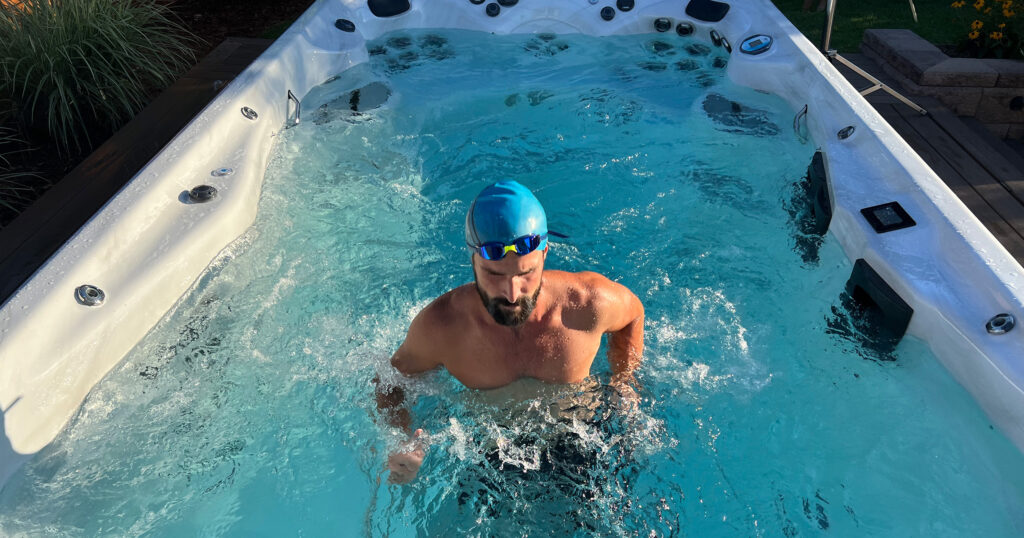
The power of water: A runner’s best friend
True or false: The best way to become a better runner is to run more.
False.
While you want to be sure to slowly increase your distance and get in key workouts, you can actually log a better training cycle by incorporating water exercise and therapy into your training regimen.
Specifically, a swim spa can help you improve muscle recovery, reduce soreness, and support relaxation. In addition, you can swim at home on your active recovery days or go for an aqua jogging session if you are starting to feel a worrisome niggle.
Hydrotherapy for sore muscles
Marathon training can leave you tired, tight, and sore. You might have successfully logged a 20-mile training run but walking the rest of the day can feel like a chore. While it would be great to be like your favorite pro runners and get regular massages, life doesn’t make it easy. Training can take up a lot of time and your schedule might not mesh with your favorite massage therapist.
Hydrotherapy, or water therapy, in a swim spa can help alleviate soreness and relieve inflammation that sometimes follows a hard session.
H2X Fitness Swim Spas by Master Spas feature a designated therapy area with massage jets. You can use the jets to target specific muscle groups, providing a soothing and therapeutic massage effect. Many of the swim spas in the line feature the Xtreme Therapy Cove. A unique pattern of jets is designed to be used standing up, and the massage targets the hips, hamstrings, and calves.
You can also set the water temperature of the swim spa up to 99 degrees. The warm water helps relax your muscles and increase blood flow, promoting faster recovery.
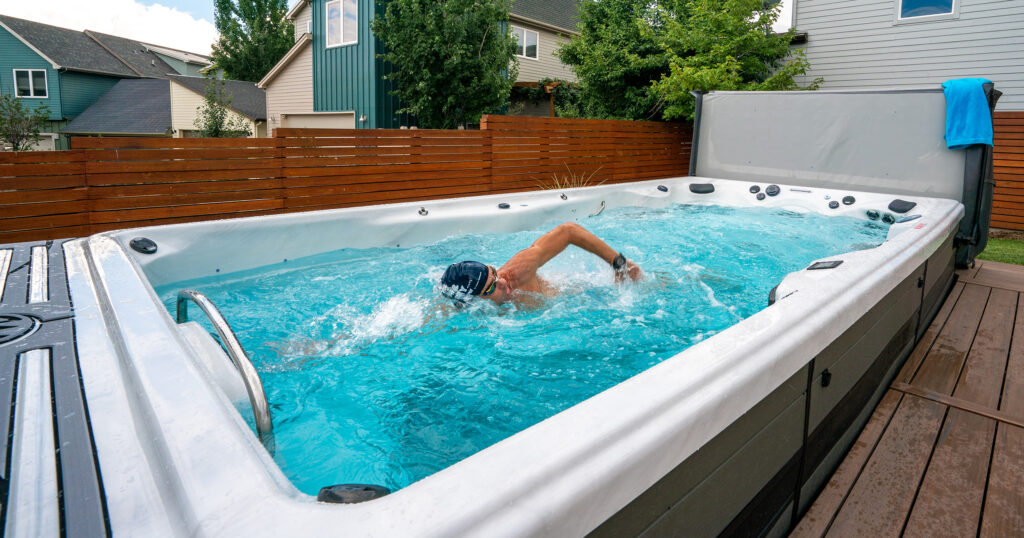
Swimming for cross training
They say runners don’t swim and swimmers don’t run. However, if you are training for a marathon, swimming is an excellent complement to your running.
Swimming is a low-impact exercise that reduces the strain on your joints, making it an ideal choice for active recovery days. You can hop in the swim spa for an easy 30-minute swim against the current. The activity can help increase blood flow to your sore muscles while flushing out any lactic acid.
Plus, swimming can actually help you be a better runner. According to research published in the Scandinavian Journal of Medicine & Science in Sports, just 12 sessions of swimming with controlled breathing can lead to a 6 percent boost in running economy. Swimming involves less frequent breathing during training, prompting your body to adapt and optimize oxygen utilization by your muscles. This newfound efficiency also extends to your running, enabling your muscles to extract greater benefits from each breath you take.
When you are training for a marathon, though, it can be hard to make the time to go to the pool. An H2X swim spa allows you to make the most of your time. Just walk outside, open the spa cover, and get started.
The best pool for aqua jogging
Chances are that if you are writing “aqua jogging session” on your calendar, you are battling an injury. Or, you are afraid that an injury could be one 800-meter repeat away.
However, aqua jogging is a valuable workout to include during any stage of your marathon training. This water-based activity mimics the running motion but with reduced impact on your joints. It’s an excellent way to maintain your cardiovascular fitness on recovery days without the wear and tear of pavement pounding. You can also swap an easy run for an aqua jogging session to give your body a break.
But you don’t have to begrudgingly add a buoyancy belt to your Amazon cart or investigate whether your local pool has a punch pass.
An H2X swim spa is ideal for runners who want to incorporate aqua jogging. The water current of the swim system provides variable resistance so you can run in place, at your pace. Turn up the speed to mimic those track sessions or turn it down for a long, easy effort.
The nonslip comfort flooring system provides traction and cushion so that you don’t need water shoes. Unlike running in a pool, the flooring system allows you to have that “push” off the floor. The goal is to have a full running stride, working on your knee drive, according to Tim O’Donnell. The pro triathlete regularly incorporates aqua jogging in the swim spa to complement his run sessions and prevent injury.
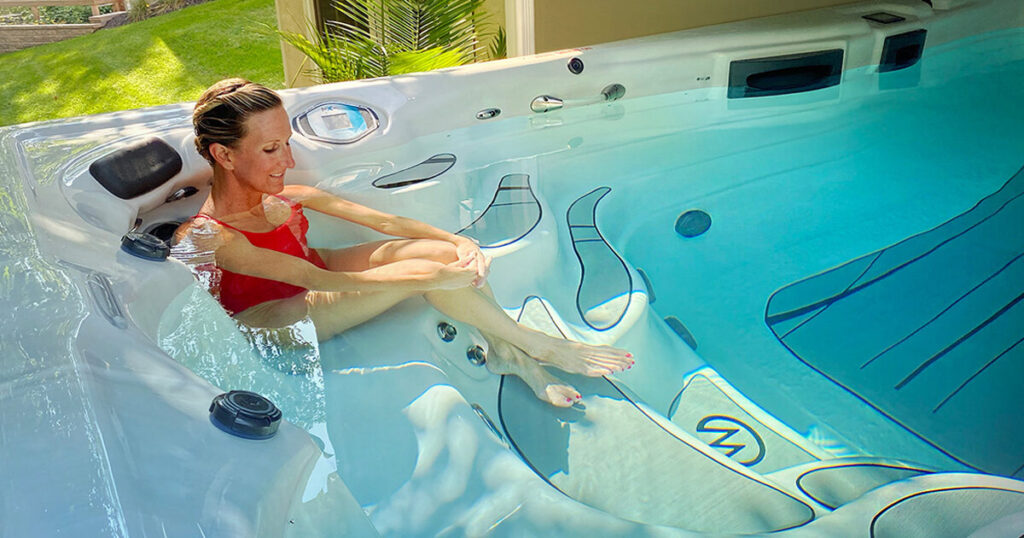
Better stretching in the water
There can be some debate as to whether stretching is actually good for runners. If done incorrectly or done at the wrong time, it can do more harm than good. And research shows that excessive static stretching before a run may temporarily reduce muscle power.
However, stretching can be beneficial during marathon training as part of a well-rounded program. It can enhance your range of motion and flexibility, promote blood flow to tired muscles, reduce muscle tightness, and encourage relaxation. You can use bands, a foam roller, or a yoga video to help you stretch.
An H2X swim spa can also be a valuable tool in your recovery routine. The buoyancy of the water supports your body, making it easier to perform deep stretches and improve flexibility.
And when the water temperature is in the therapeutic range, between 92 degrees and 99 degrees, it will increase blood flow to the muscles. It makes it easier for tight muscles to relax, easing the knots and tension that build up during marathon training.
Plus, stretching in a swim spa offers a unique form of stress relief. The calming environment and gentle support of the water can promote relaxation, reduce anxiety, and relieve stress. It’s a great escape from the pressures of marathon training.
Incorporating a swim spa into your marathon training regimen offers a multitude of benefits, from hydrotherapy for sore muscles to cross-training with swimming, aqua jogging, and enhanced stretching. These activities can help you recover faster, reduce the risk of injury, and improve your overall performance on race day.
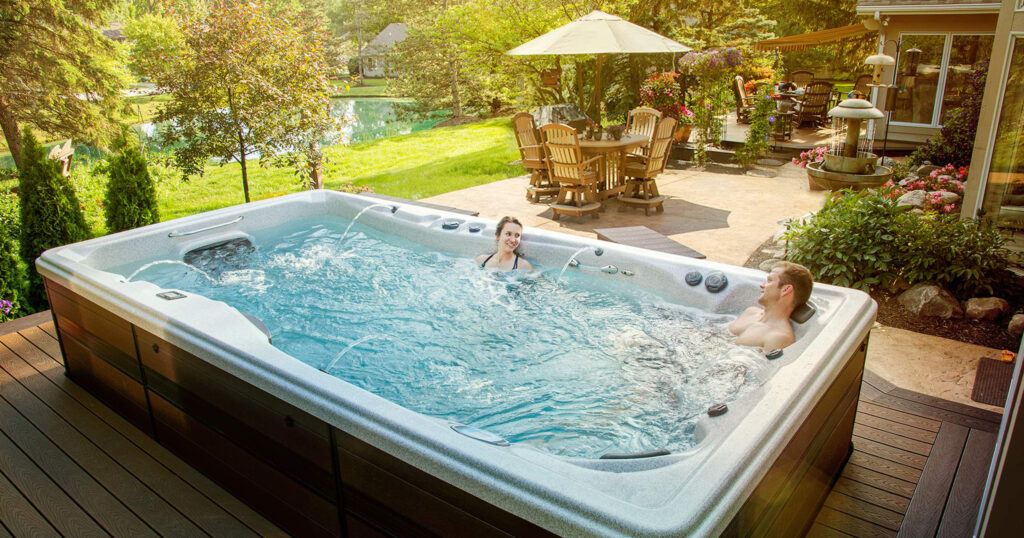
How to buy a swim spa
Do you want to be able to swim, exercise, and relax at home? Having an H2X Fitness Swim Spa by Master Spas allows you to swim on your schedule while adding a fun factor to your backyard. You can click here to find out more about the benefits of hydrotherapy and relaxing in a swim spa. Or, contact your local Master Spas retailer to learn more about swim spa ownership. Wondering how much a swim spa costs? You can request a quote here.

